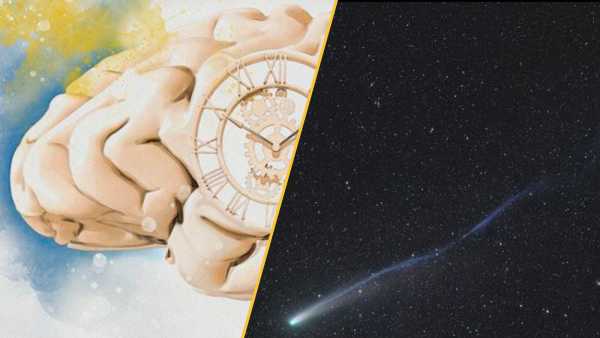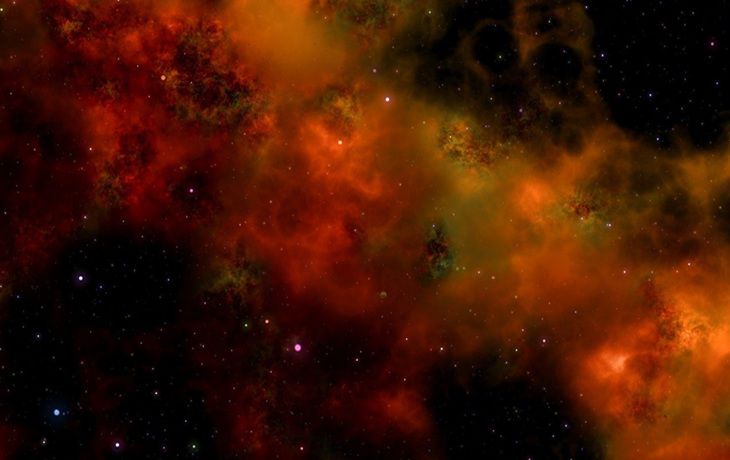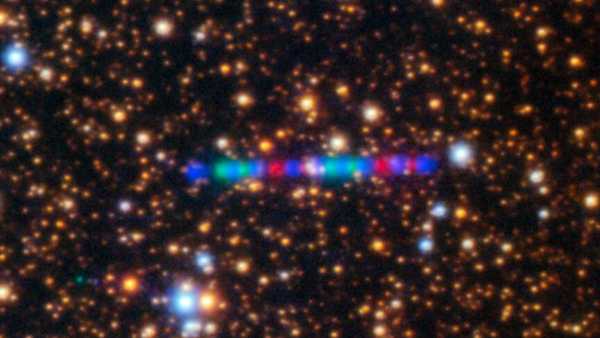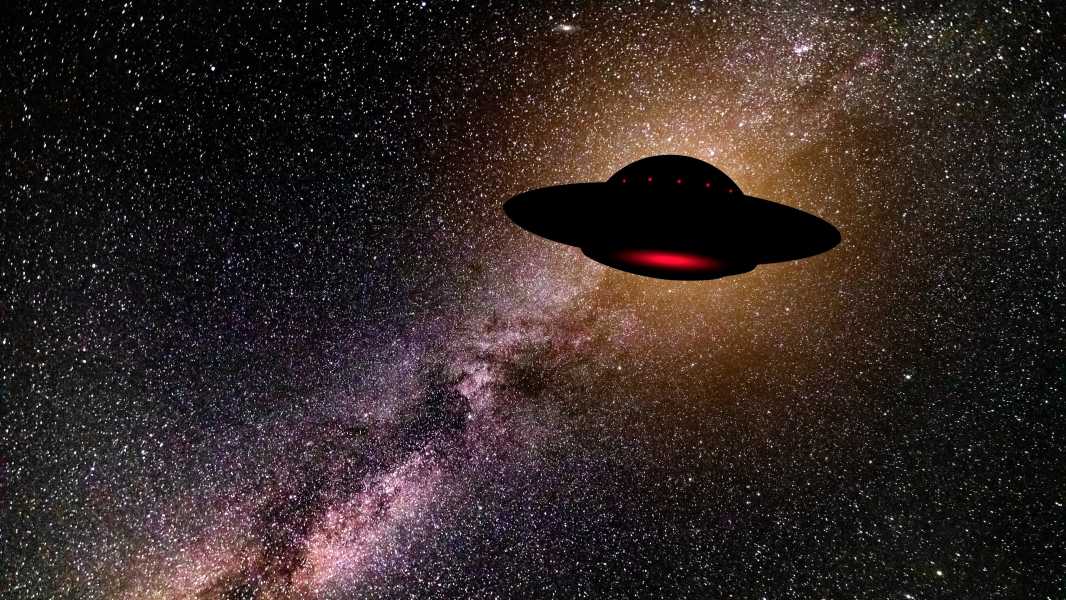
Scientists have identified thousands of exoplanets outside our solar system. So where are all the aliens? (Image credit: Getty Images/Anton Petrus)
One night, about 60 years ago, physicist Enrico Fermi looked up at the starry sky and asked, “Where is everybody?”
He was referring to alien life forms.
Scientists now realize that there are millions, perhaps billions, of planets in the universe that could support life. So why, throughout human history, has none of these life forms evolved enough to make contact with humans? Perhaps the universe is too big to traverse.
Perhaps the aliens are deliberately ignoring us. Or perhaps every developing civilization is doomed to self-destruction (which, in fact, we earthlings already know).
Or it could be something much stranger. Like, what exactly? Here are 12 weird explanations scientists have offered in response to the Fermi Paradox.
We are looking at the wrong universe.
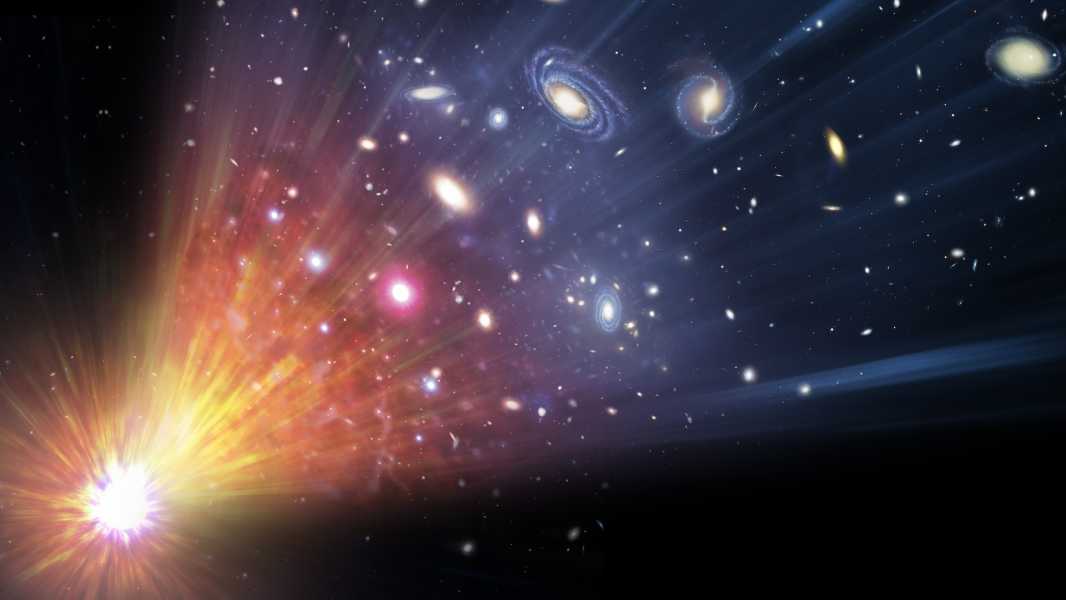
Perhaps we haven’t found aliens because our universe isn’t very hospitable to life. Maybe Earth is an anomaly, a lucky blue dot wandering through a vast expanse of darkness and dead worlds. Maybe we’ll have better luck trying to find life in a neighboring universe.
This idea underlies a 2024 study that suggests our cosmos is just one possible universe in an infinite “multiverse” of realities, each slightly different from the others. To find out whether our universe has the optimal conditions for life to emerge, scientists compared the rates of star formation in our cosmos with those observed in a number of hypothetical parallel universes with different concentrations of matter and energy.
A key factor the team investigated was the density of dark energy in the universe — the mysterious force that causes the cosmos to expand at a constant and accelerating rate. A universe with too much dark energy would expand too quickly, shredding material to form stars and preventing large structures like galaxy clusters from forming. But in a universe with too little dark energy, gravity could become overwhelming, destroying large structures before habitable planets could form.
The team’s models showed that the optimal density of dark energy would allow up to 27% of ordinary matter to become stars. But in our universe, only about 23% of matter becomes stars — meaning there are fewer stars than there could be, and therefore fewer places for alien life to arise. Good luck in the next universe!
Aliens don't live on a plan
Sourse: www.livescience.com



